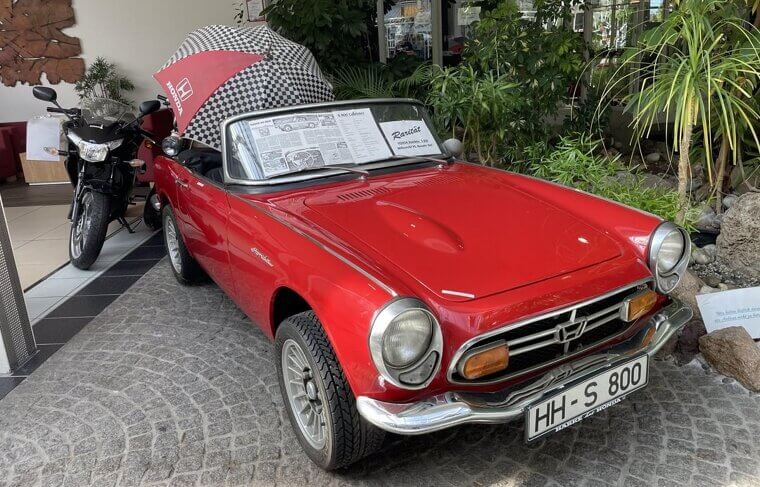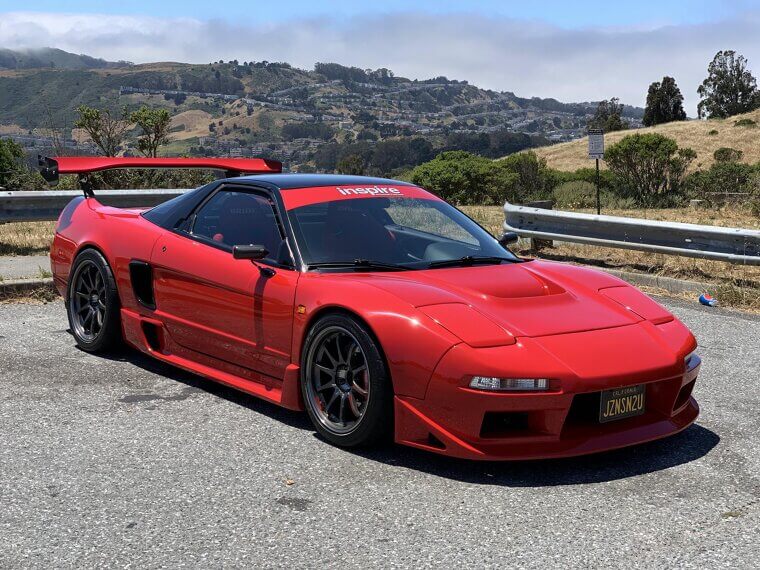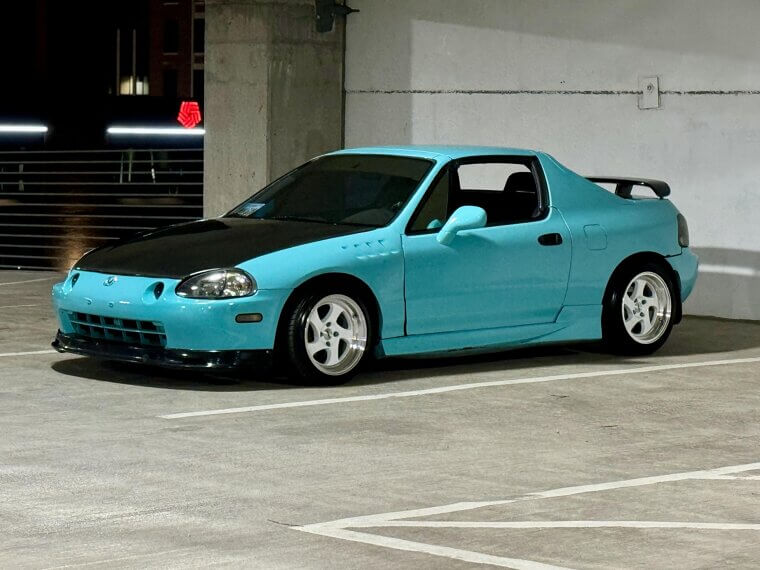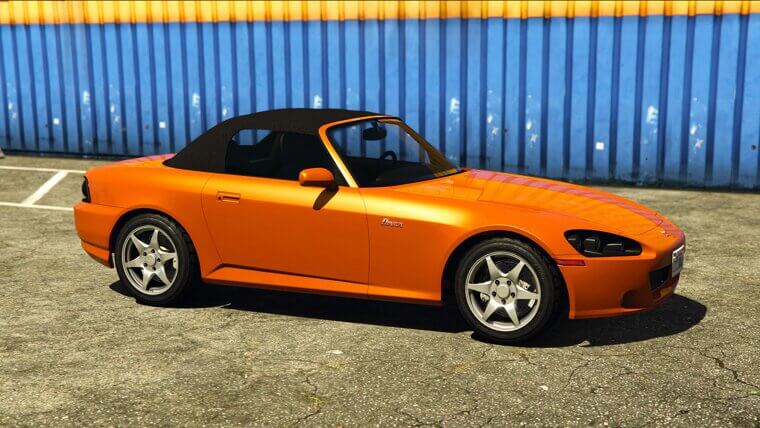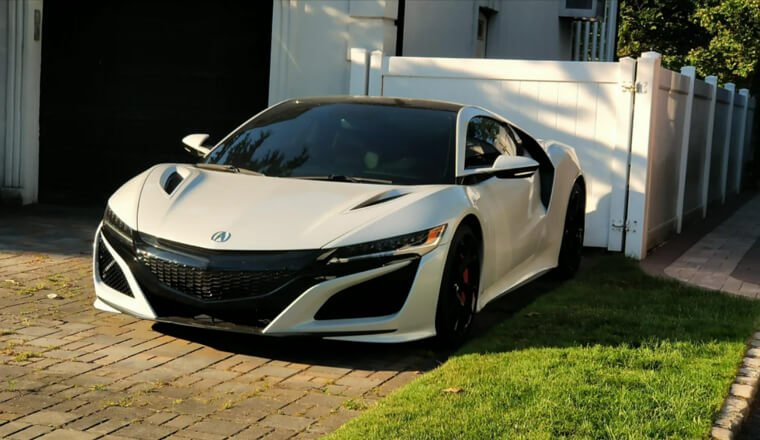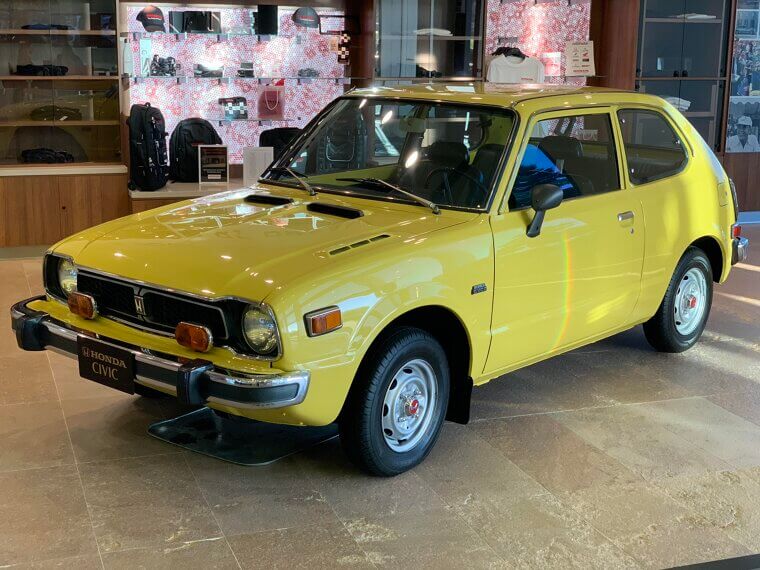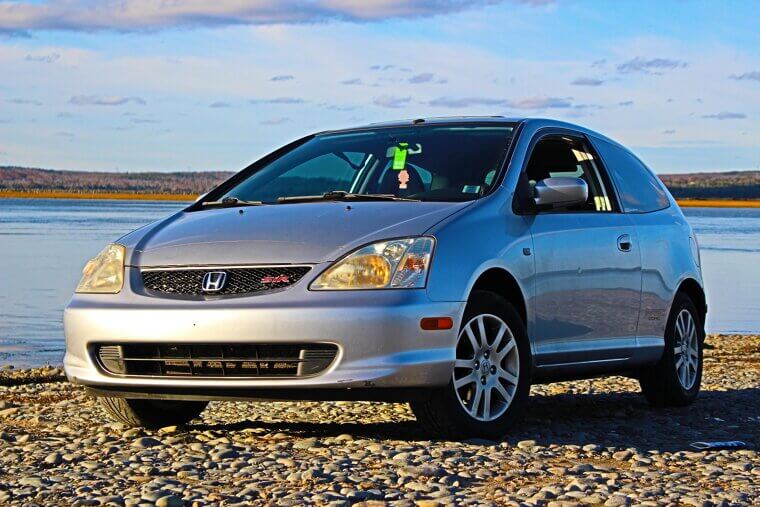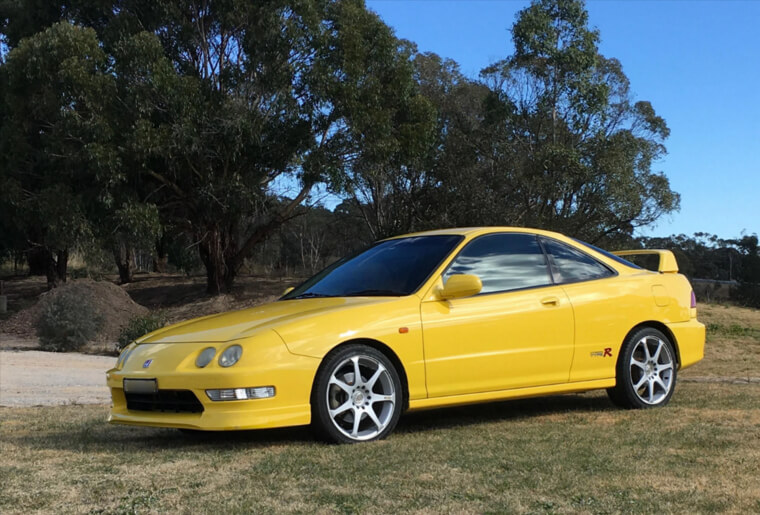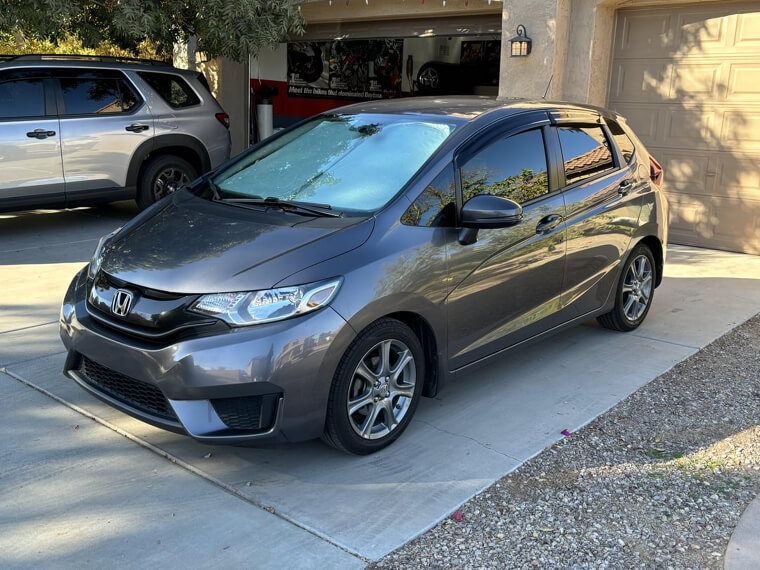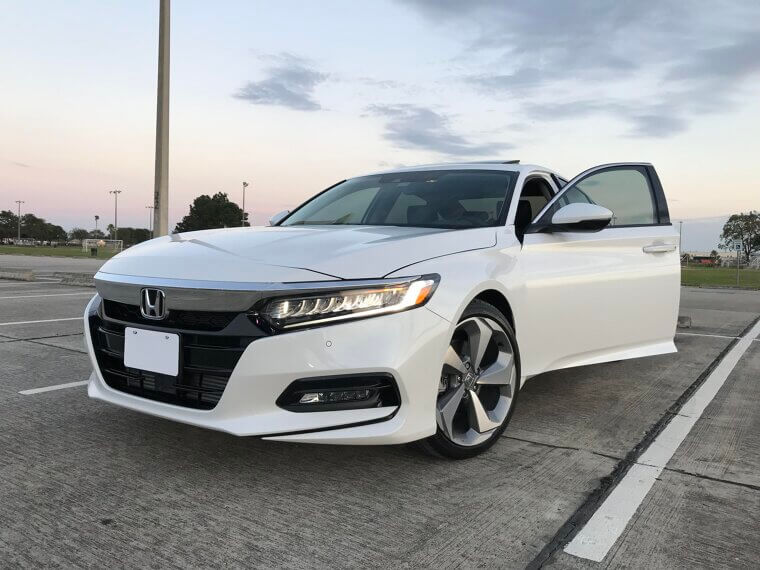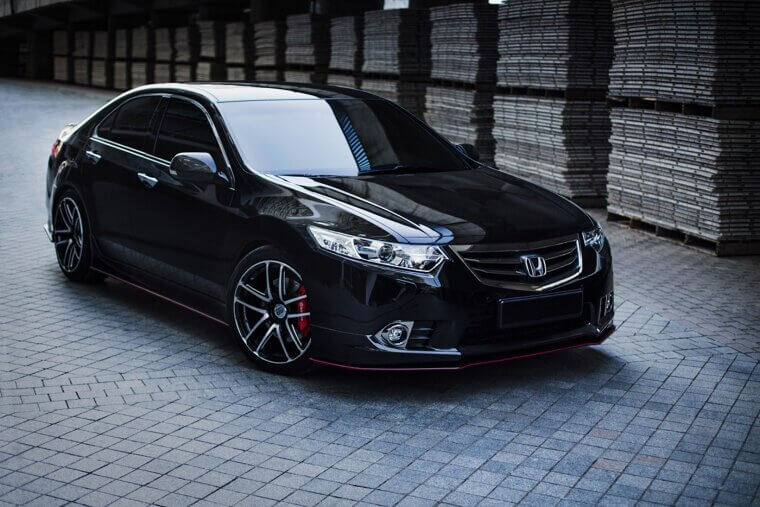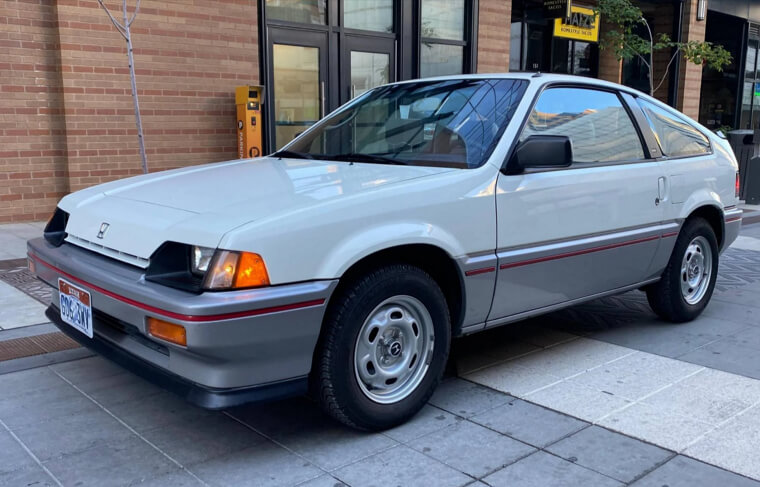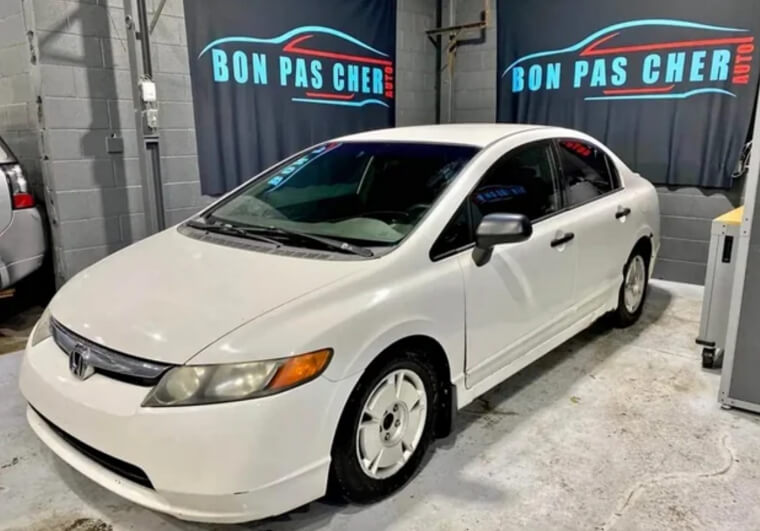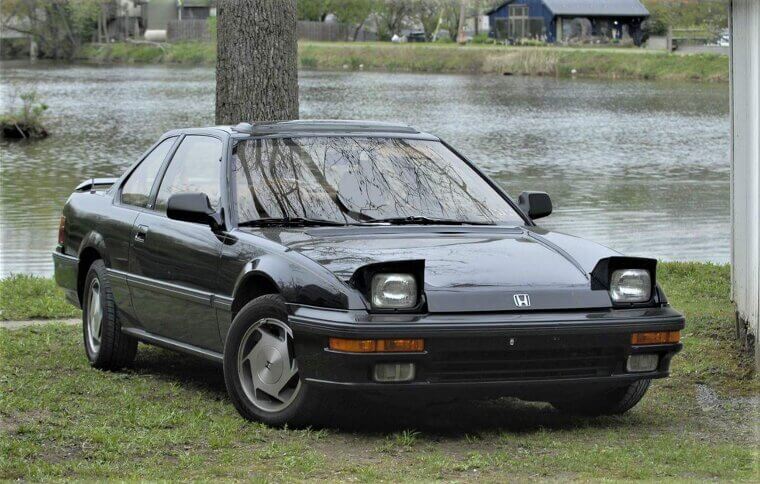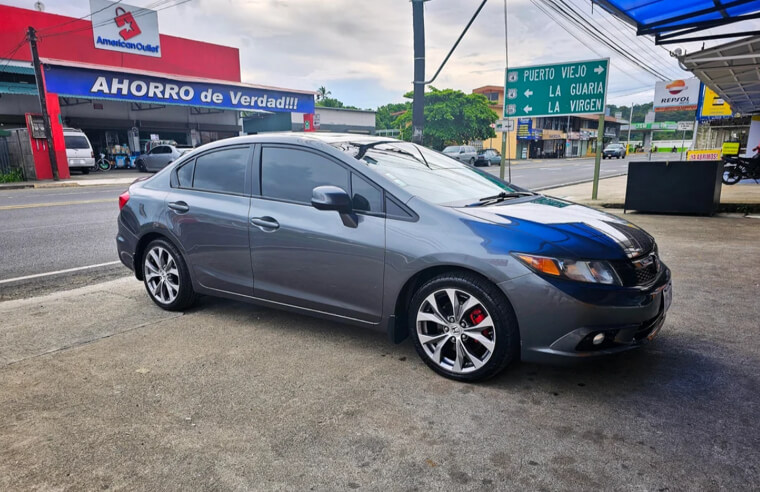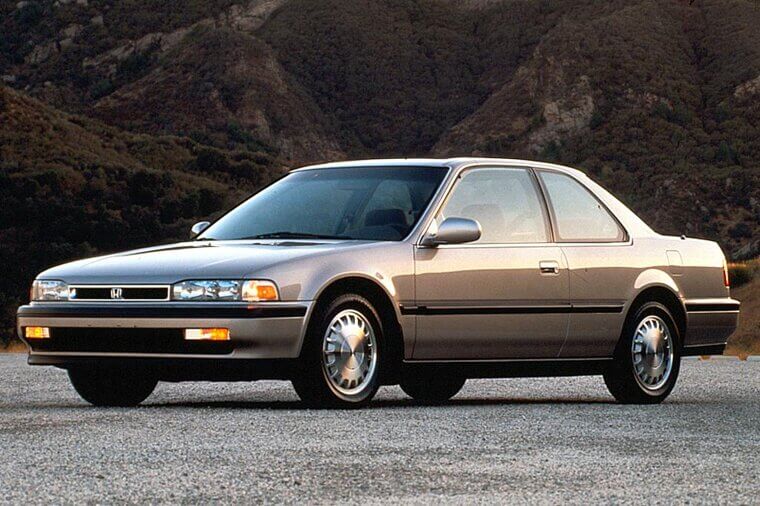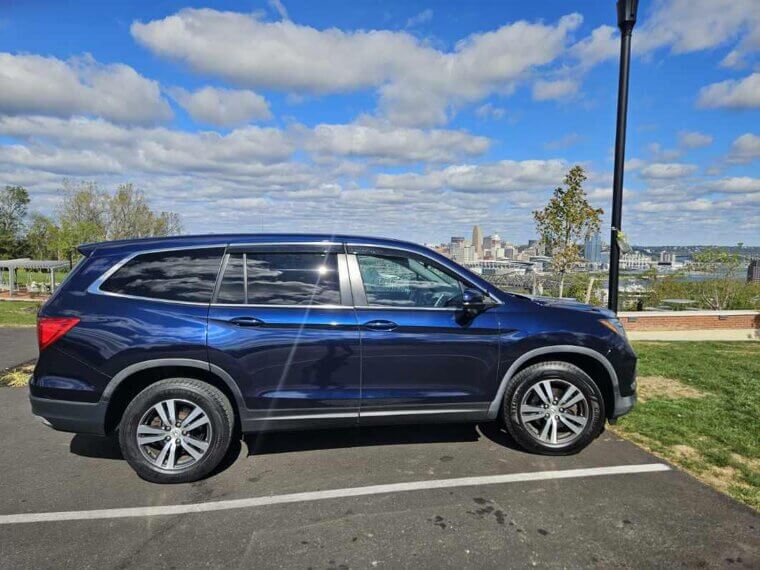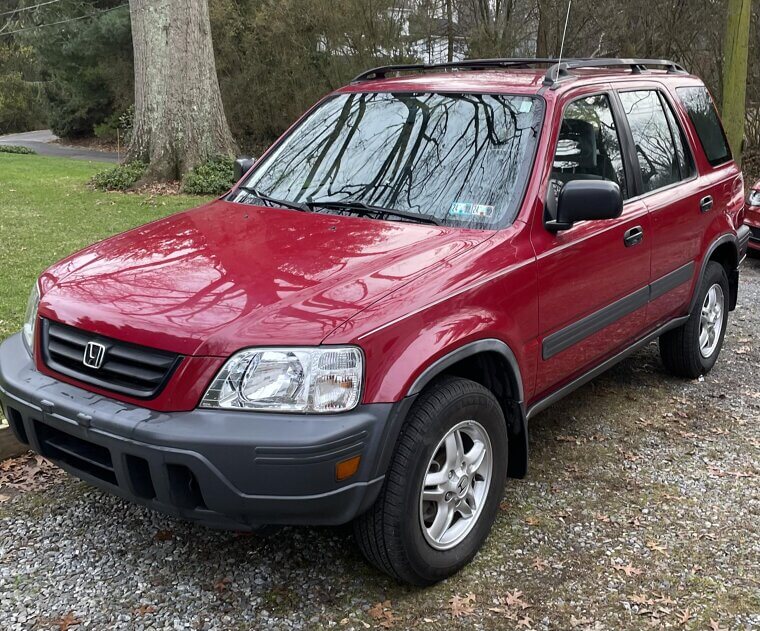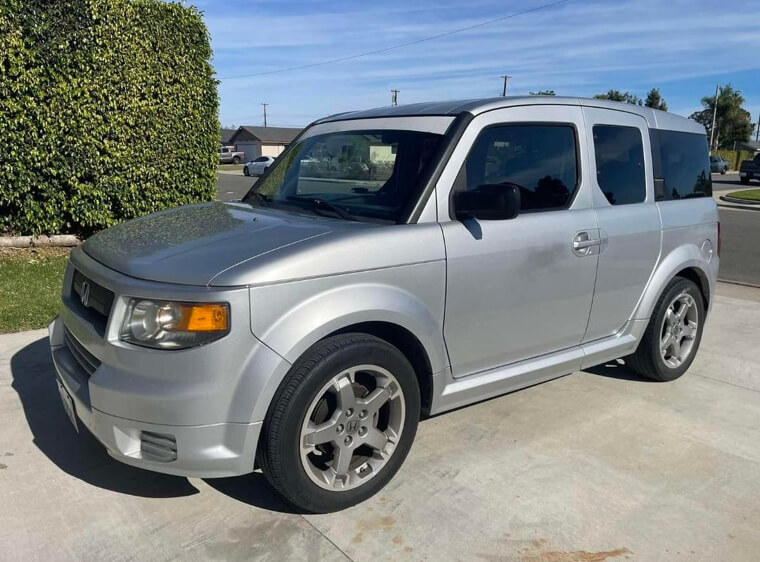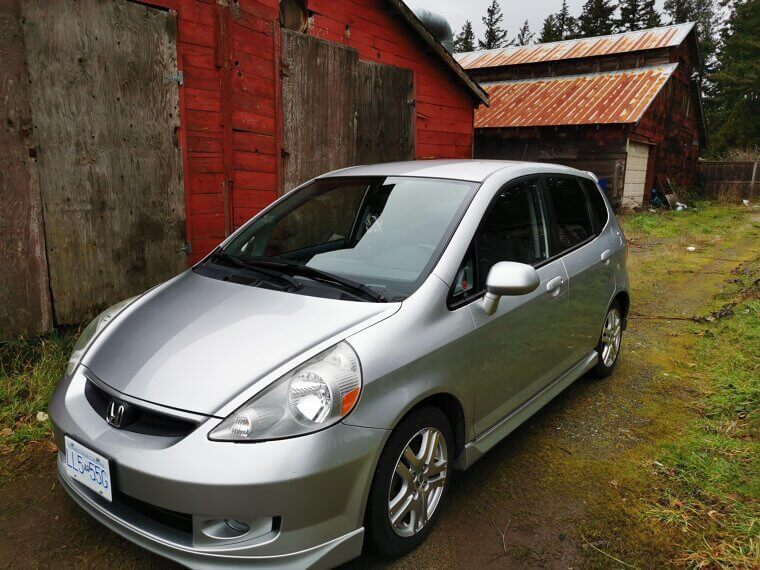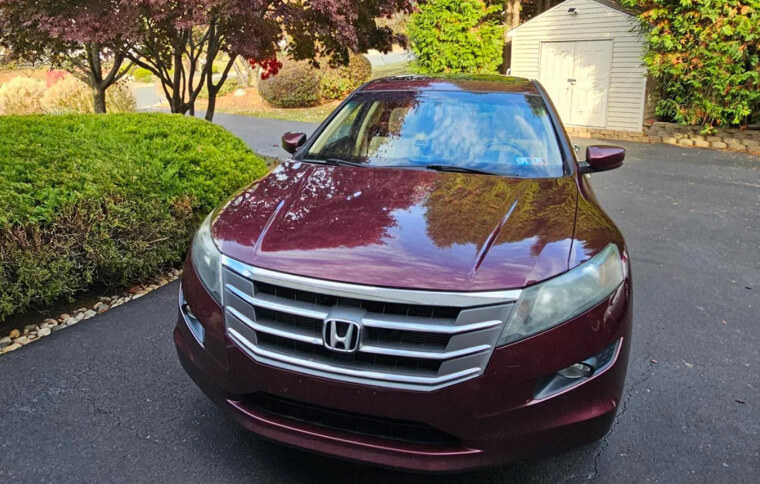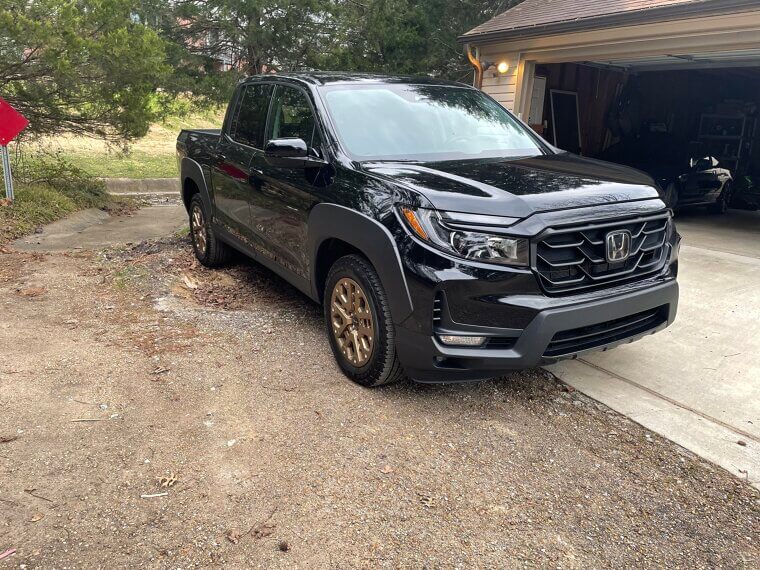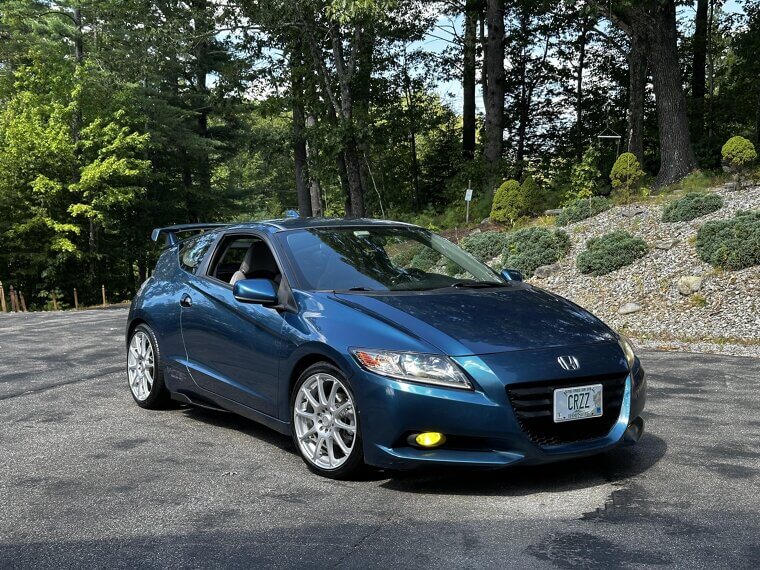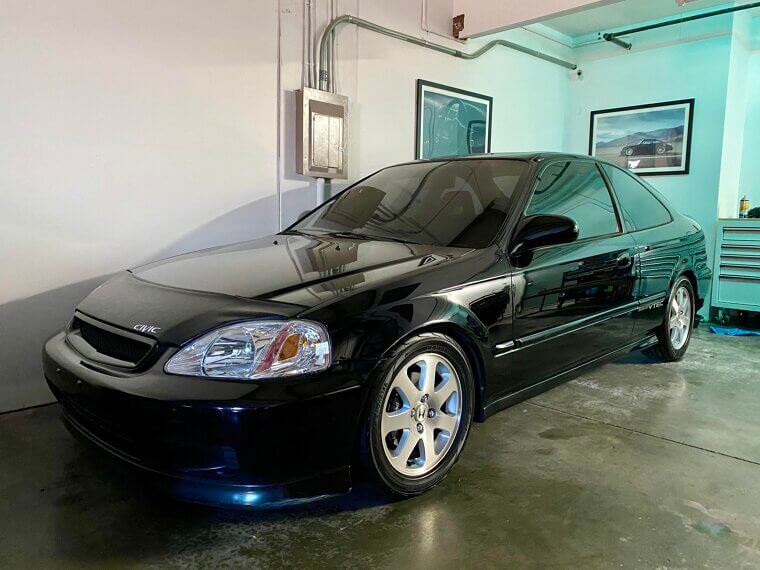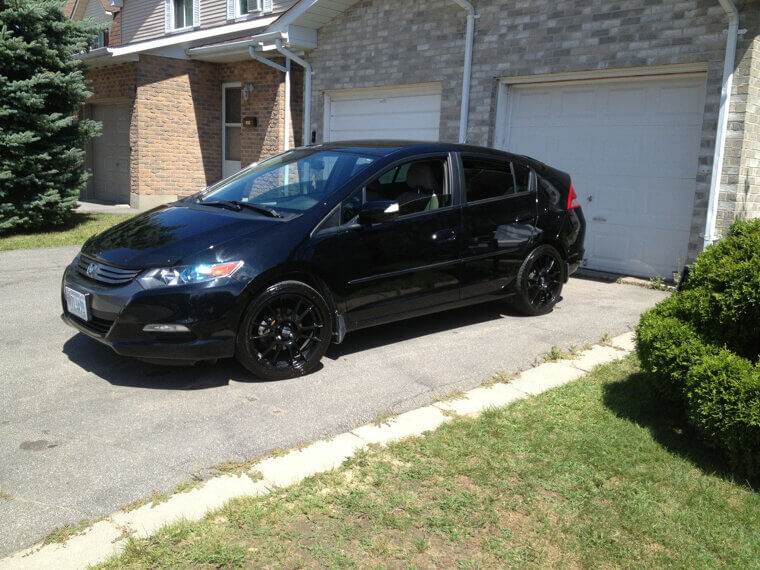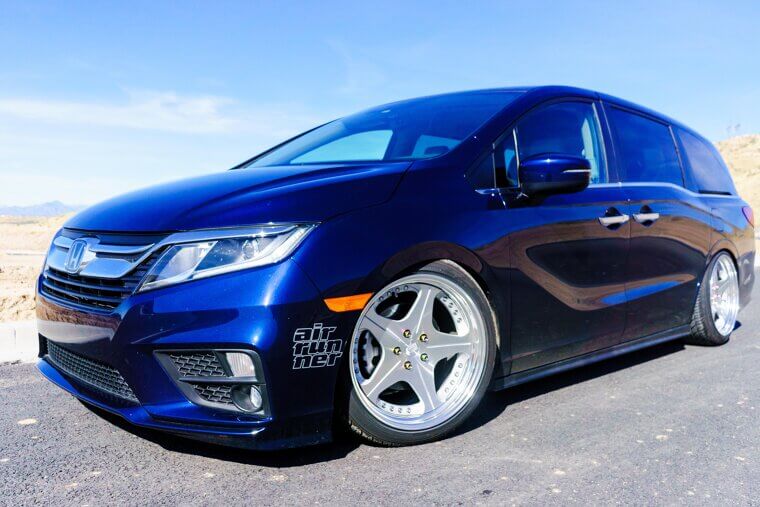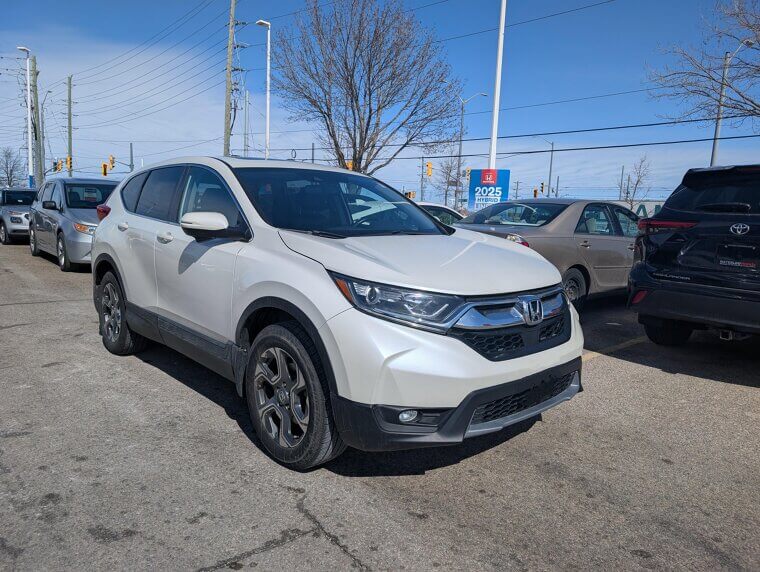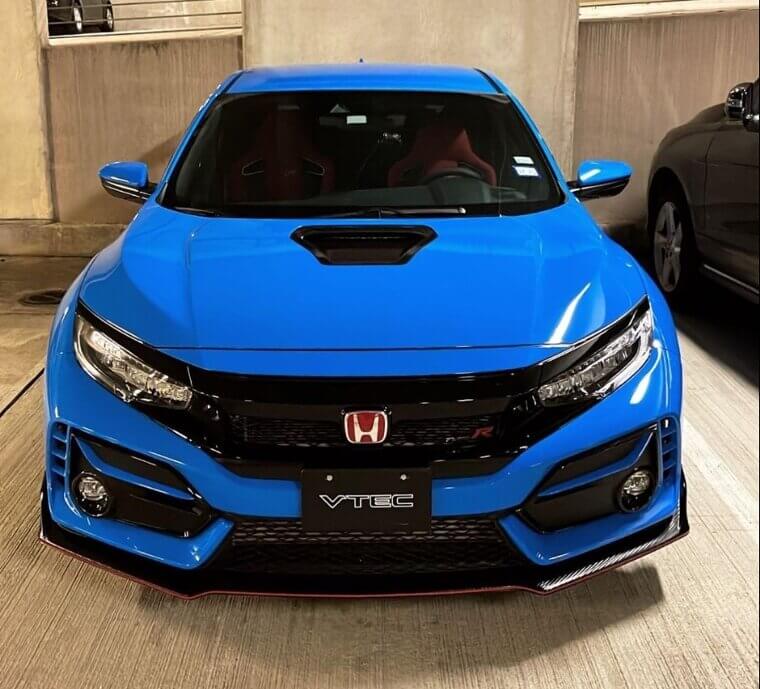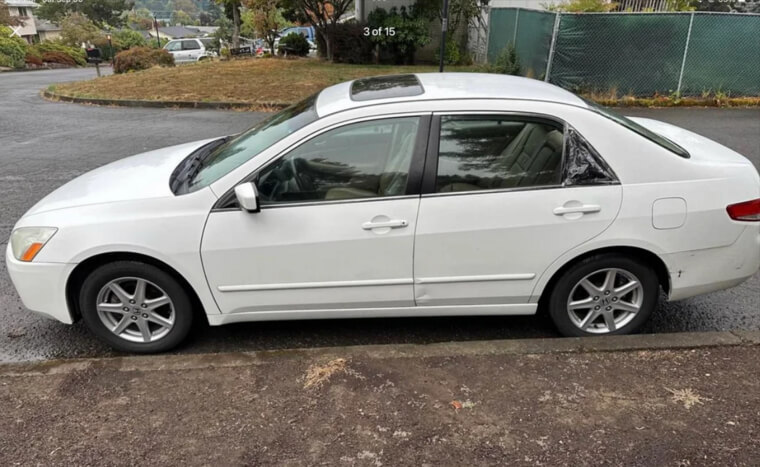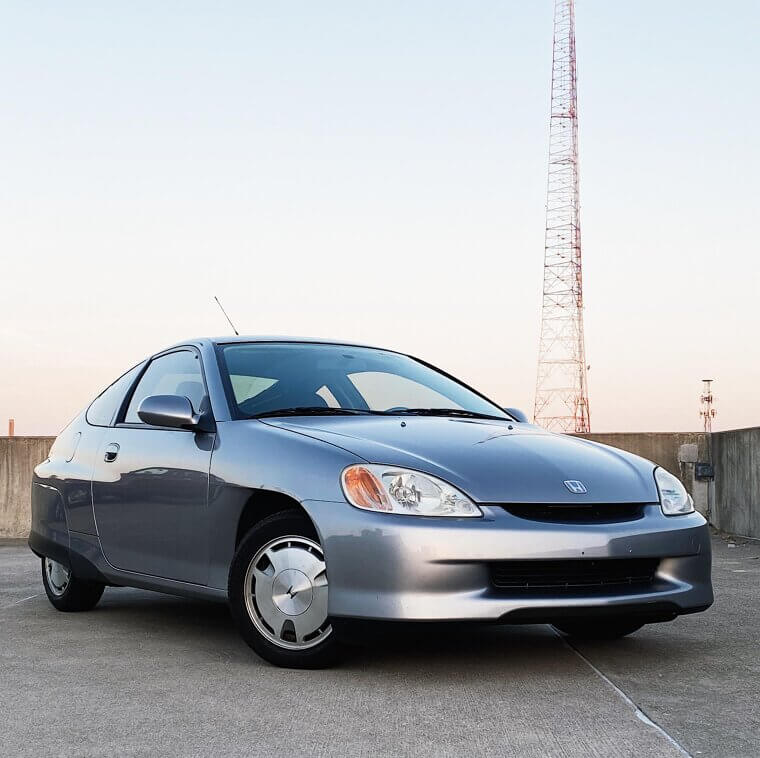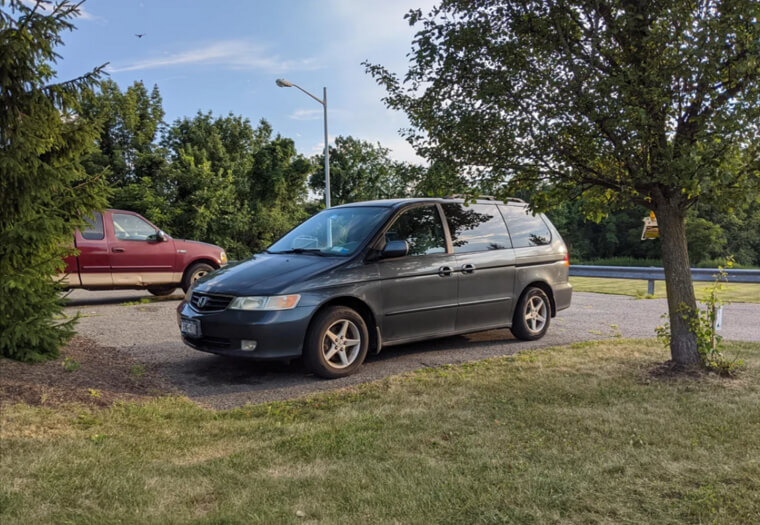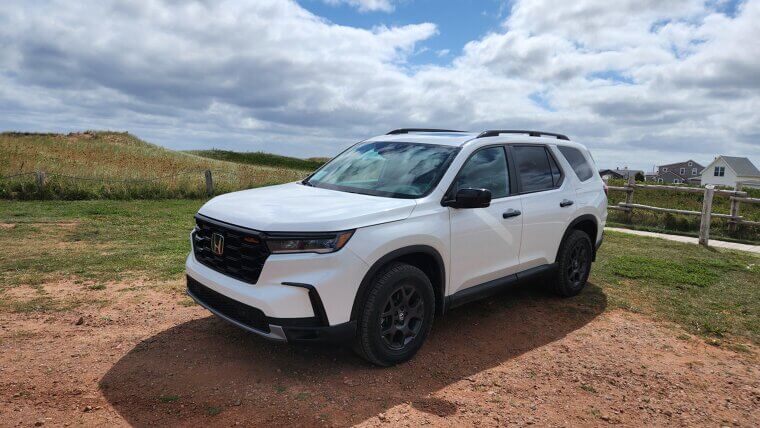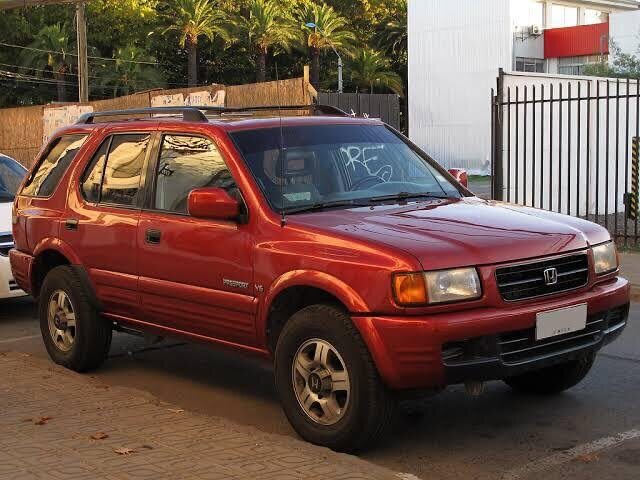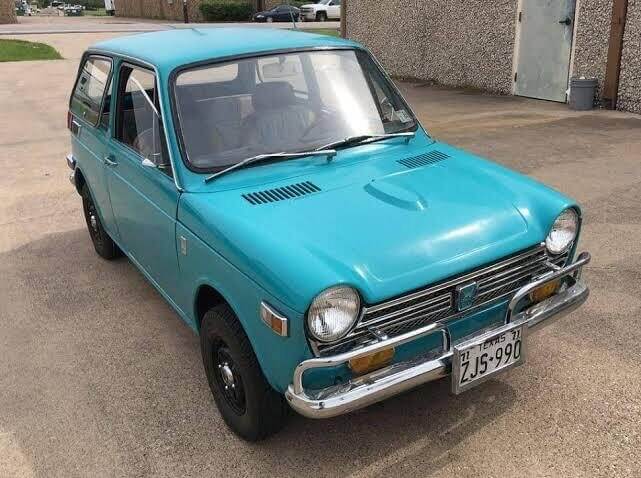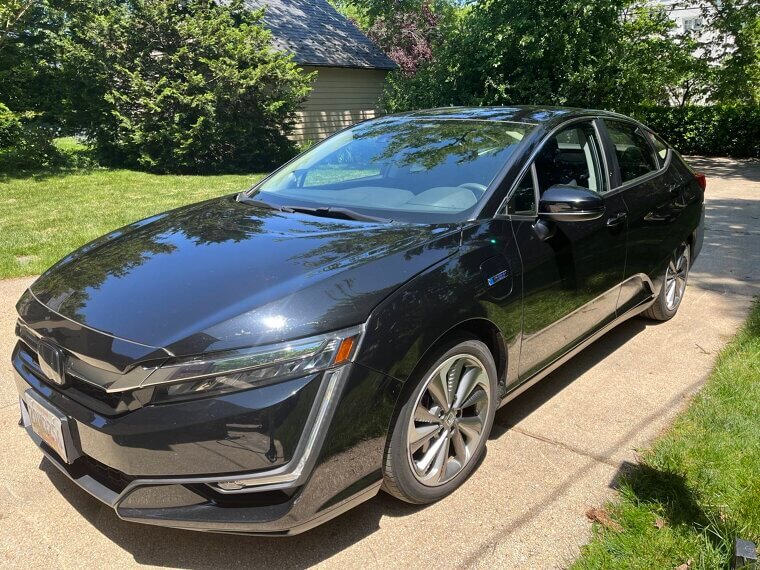Best: 1967 Honda S800
Honda’s S800 was a jewelry box with a redline. Tiny displacement met racing spirit, spinning to dizzying revs through a delicate-feeling, precise drivetrain. With motorcycle DNA in its heartbeat, it carried lightweight purity into a roadster body you could park anywhere. The result was culture as much as car—proof that joy doesn’t require liters or louvered hood scoops. It foreshadowed Honda’s future: compact, clever, and more thrilling than it looked.
Best: 1991 Honda NSX
All-aluminum body, mid-engine poise, and a VTEC V6 that begged to sing—Honda’s NSX made exotic speed friendly. Ayrton Senna helped tune the chassis, so precision wasn’t marketing fluff. Visibility, ergonomics, and reliability turned the “supercar” from punishment into a partnership. It inspired competitors to ditch drama for finesse, proving science and humility beat bloat. The facelift and 3.2-liter six added bite, but the original’s quietly radical philosophy still sets the curve today.
Worst: 1993 Honda Civic Del Sol
On paper, the del Sol looked like summer bottled: Civic bones, targa roof, trunk‑stowing magic. In practice, the roof seals auditioned as sprinklers, and extra weight dulled the CR‑X’s zippy spirit fans expected. Handling stayed friendly, powertrain loyal, but the vibe felt still neither pure roadster nor true hot hatch. It’s a charming oddball today, yet its legacy reads lesson learned: charisma needs weatherproofing, lighter mass, and a clearer identity.ce.
Best: 1999 Honda S2000 (AP1)
The S2000’s AP1 formula is beautiful mischief: a 2.0-liter four spinning to 9,000 rpm, razor steering, and a shifter that clicks like a camera. Balanced weight and a stiff X-bone frame let the chassis dance instead of shout. It’s engineering you can feel—every input met with honest feedback. Roof down, tach up, it turns commutes into mini track days, teaching drivers why momentum and precision matter more than brute force.
Worst: 2016 Honda NSX (NC1)
Hybrid turbos, torque‑vectoring, and three electric motors turned the new NSX into a rolling thesis on software and speed. It was quick, beautifully built, and strangely distant. The original rewired supercar culture with simplicity and feel; this one dazzled while insulating. Heavy curb weight and layered systems left enthusiasts respecting, not adoring. Brilliant technology, limited mythmaking—proof that numbers alone don’t crown icons, and that character sometimes hides between the gears.
Best: 1975 Honda Civic CVCC
CVCC wasn’t a badge; it was chemistry class on wheels. By creating a richer mixture near the spark plug and a leaner mix elsewhere, the Civic met 1970s emissions without a catalytic converter. The result? Cleaner air, better mileage, and a small car Americans actually wanted. Light, tossable, and cheap to run, it proved clever combustion could outsmart regulations and oil shocks—while quietly launching Honda’s reputation for thoughtful, resourceful engineering.
Worst: 2002 Honda Civic Si (EP3, U. S. )
Hot‑hatch aesthetics, cool shifter placement, and then… a torsion‑beam rear. The EP3 Si traded the eager, nuanced feel of past Civics for softer reflexes and a taller stance. The K‑series engine was willing, yet the chassis rarely cashed the checks the motor wrote. Practical? Absolutely. Memorable to drive? Less so. It became a cautionary tale: packaging wins can’t replace geometry, and driver communication is the real performance feature buyers remember.
Best: 1995 Honda Integra Type R (DC2)
The DC2 Integra Type R is a masterclass in doing more with less. A hand-ported B18C, seam-welded structure, close gearing, and a helical LSD delivered scalpel accuracy. No gimmicks, just obsessive detail where it counts. Every throttle breath, every steering twitch reads back instantly. On track days, it embarrassed bigger, pricier hardware; on backroads, it felt like telepathy. It’s the front-drive yardstick—lightweight, loud, and so alive it vibrates with intent.
Worst: 2015 Honda Fit (Early U. S. Build)
America’s second‑gen Fit arrived with brilliant packaging and a few unwanted surprises. Early U.S. builds faced rattles, trim hiccups, and some recalls that clashed with Honda’s squeaky‑clean image. The bones remained fantastic—Magic Seats, city agility, outsized cargo—yet launch gremlins dimmed the glow. Most fixes landed quickly, restoring reputation, but first impressions matter. The lesson sticks: small cars deserve big quality control, especially when the brand’s calling card is bulletproof simplicity.
Best: 2018 Honda Accord (10th Gen, 2.0T & Hybrid)
The 10th-gen Accord reclaimed the family-sedan throne by mixing nuance with nerve. Turbo 2.0T torque mimicked a V6’s shove, while the hybrid sipped fuel like a monk. A long wheelbase, tidy suspension tuning, and supportive seats made miles melt. Inside, materials felt adult, not rental-car durable. Safety tech, smart packaging, and honest steering reminded everyone practicality can have personality. It’s the sensible friend who also knows the best backroad shortcuts.
Worst: 2008 Honda Accord (8th Gen)
Bigger and bolder, the 2008 Accord traded some delicacy for mass. Road noise crept in, the ride felt busier, and reports of premature brake wear irritated owners. Powertrains were solid, space was generous, yet the polish missed previous highs. It remained competent transportation, just not the benchmark people expected. When a brand’s reputation is refinement, even small missteps echo; this generation reminded Honda that grace counts as much as grunt.
Best: 1984 Honda CR‑X
CR-X distilled fun to its essentials: light curb weight, low drag, and enough power to encourage momentum driving. The Si trim added fuel injection and attitude, turning thrift into a grin machine. Inside, space efficiency bordered on magic, with hatch versatility and practicality. On the road, it felt eager, communicative, and efficient long before “eco-sporty” became a thing. It’s the coupe that taught drivers thrift and joy aren’t mutually exclusive.
Worst: 2006 Honda Civic (R18 Casting Defect Cases)
Most 2006 Civics were their usual dependable selves, but a subset suffered cracked engine blocks from casting defects, leading to coolant loss and drama nobody ordered. Honda extended warranties and issued technical service bulletins, yet the story nicked a halo. The rest of the car still handled sweetly and sipped fuel, which made the issue feel ironic. Reliability reputations are earned slowly, lost quickly—this was a reminder stamped in aluminum.
Best: 1989 Honda Prelude Si 4WS
Prelude Si 4WS turned a party trick into serious grip. Its mechanical, later electronic, four-wheel steering tightened low-speed turns and steadied high-speed transitions. Lane changes felt surgical; hairpins, tidy. Paired with a smooth inline-four, low cowl, and seats, the coupe seemed to read your mind. It democratized handling literacy for everyday drivers—showing stability and agility can coexist when geometry and software cooperate. High-tech then, still instructive now, it remains precise.
Worst: 2012 Honda Civic (9th Gen, Early Build)
Honda trimmed cost at exactly the moment critics were watching. Early ninth‑gen Civics arrived with a harsher ride, cheaper cabin, and muted steering—enough to lose long‑standing recommendations before a swift 2013 refresh restored the sparkle. The misstep was rare precisely because expectations were sky‑high. The car still delivered economy and reliability; it just felt off‑brand. Proof that reputation is an agreement with customers, renewed every generation, not a lifetime membership.
Best: 1990 Honda Accord (4th Gen)
The fourth-gen Accord brought luxury manners to the middle class. Double-wishbone suspension front and rear gave it a planted, sophisticated ride, while build quality felt vault-thick. Clean, low-cowl design improved visibility; ergonomics were refreshingly human. It idled like a sewing machine and steered with quiet authority. For many families, this was the car that made “reliable” feel aspirational. It set a template competitors chased for years: simple, durable, and refined.
Worst: 2016 Honda Pilot (9‑Speed Auto on Upper Trims)
The redesigned Pilot nailed space, safety, and road manners, then stumbled with the optional ZF nine‑speed automatic. Early calibrations hunted for gears, shifted awkwardly, and needed software updates to chill out. Families loved everything else—quiet cabin, clever storage, real‑world efficiency—so the transmission’s quirks stood out loudly. Later fixes improved behavior, but the episode underlined a truth: add gears and complexity carefully, especially in vehicles whose daily mission is effortless calm.
Best: 1997 Honda CR‑V (1st Gen)
The first CR-V was a tall wagon with car DNA, which is why it worked. Big windows, upright seating, and clever storage—yes, the picnic table—made daily life easier. All-wheel drive and sensible ground clearance covered weather and trailheads without pretending to be rugged. It felt friendly, efficient, and unpretentious, catalyzing the crossover era. The formula proved durable: comfort first, function baked in, with just enough adventure to keep weekends interesting.
Best: 2007 Honda Element SC
Element SC added urban swagger to a supremely practical box. Rubberized floors, clamshell doors, and wipe-clean panels welcomed dogs, surfboards, and messy hobbies. The SC’s lower stance and bigger wheels dialed in attitude without ditching usefulness. Inside, the lounge-like layout felt more loft than minivan. It was lifestyle architecture masquerading as a car—quirky, durable, and weirdly endearing—earning a tribe that still trades camping hacks and paint codes like secret handshakes.
Best: 2006 Honda Fit/Jazz (1st Gen)
The first Fit/Jazz did space-time magic. Honda’s “Magic Seats” flipped and folded into multiple modes, swallowing bikes, plants, or flat-pack furniture like a small van. A thrifty engine, light chassis, and quick steering made city driving playful instead of stressful. Visibility was excellent; reliability, boring in the best way. It showed how design and packaging can trump size. Small outside, huge inside—the Fit made efficiency feel like a party trick.
Worst: 2012 Honda Accord Crosstour
Crosstour tried to be a coupe‑ish wagon‑SUV mashup and mostly confused the audience. The sloped rear ate cargo space, visibility suffered, and the ride‑height promise never turned into real utility. Underneath lived Accord goodness—smooth V6, quality cabin—but the bodywork answered a question few shoppers asked. It wasn’t terrible; it was badly mis‑positioned. In a market that rewards clarity, the Crosstour became a case study in how form can sabotage function.
Best: 2017 Honda Ridgeline (2nd Gen)
Ridgeline dared to question truck orthodoxy. Unibody construction delivered an SUV-like ride; the in-bed trunk and dual-action tailgate solved storage cleverly. For homeowners, campers, and athletes, it handled hauling without punishing commutes. Towing numbers weren’t billboard big, but utility per headache was excellent. It blended comfort, practicality, and sly innovation—proof a truck can be civil without losing its backbone, especially when most “jobsites” are weekend hardware runs and soccer fields.
Worst: 2011 Honda CR‑Z
A hybrid hatch with a six‑speed manual sounded like a unicorn wish granted. The CR‑Z looked sharp and handled tidily, yet the power never matched the promise, especially with batteries prioritizing efficiency over fireworks. It delivered respectable mpg and genuine fun in city corners, but enthusiasts expecting a modern CR‑X felt shortchanged. Today it’s an interesting pivot point: Honda experimenting with performance‑leaning hybrids before the technology and expectations truly aligned.
Best: 1999 Honda Civic Si (EM1)
The EM1 Civic Si was the attainable dream: vivid B16 VTEC drama, light curb weight, and a gearbox that rewarded commitment. It turned autocross lots into classrooms, teaching weight transfer and patience. Insurance stayed sane; maintenance, digestible. Clean styling and practical packaging meant daily duty never felt like compromise. For a generation, it was the car that made “driver’s car” accessible—high-rev happiness without the exotic-car fragility or price, truly everywhere.
Worst: 2010 Honda Insight (Gen 2)
Priced to undercut the Prius, the second‑gen Insight wore economy proudly but skimped on polish. The ride bounded, interior plastics felt budget, and real‑world mpg landed overall midpack rather than headline‑grabbing. Honda’s Integrated Motor Assist system favored lightness and simplicity, yet lacked the full‑hybrid glide customers increasingly expected. It was reliable transportation with a green aura, not a category leader. The market’s verdict was gentle but clear: close, not quite.
Best: 2018 Honda Odyssey (5th Gen)
Odyssey proved the family shuttle could respect drivers. The fifth-gen model added Magic Slide seats that solved sibling wars, plus cabin tech parents could operate without a tutorial. Road manners stayed truly composed, even when fully loaded with snacks, sports gear, and questions. Quietness and thoughtful storage made long trips feel shorter. It’s the minivan for people who once swore they’d never own one—then realized comfort and competence are culture.
Worst: 2017 Honda CR‑V 1.5T (Oil Dilution Reports)
The fifth‑gen CR‑V did nearly everything right—space, efficiency, ride—then cold‑weather owners noticed fuel mixing with oil in the 1.5‑liter turbo. Symptoms ranged from rising dipsticks to rough running. Honda issued updates and extended warranties in affected regions, but headlines lingered. It didn’t ruin the model; it dented trust. The episode showed how downsized, direct‑injected turbos demand careful thermal management, and how transparency matters when your bestseller wears the family crown.
Best: 2023 Honda Civic Type R (FL5)
The FL5 Civic Type R brought maturity without losing menace. Its turbocharged four packs endurance thanks to smarter cooling, while suspension tuning keeps rough roads from rattling fillings. The shifter is mechanical; brakes feel bottomless. Real aero cleans up high-speed behavior, not just photos. Track days? Absolutely. Groceries? Also yes. It proves hot hatches can grow up, keep their edge, and still communicate like an old friend with better stamina.
Worst: 2003 Honda Accord V6 (Auto Transmission Failures)
Silky V6 power met a five‑speed automatic that sometimes cried uncle early. Premature failures and harsh shifts led to service campaigns and extended coverage, but owners remembered the tow trucks. The rest of the Accord still shone—comfort, packaging, safety—making the transmission’s fragility feel like an uninvited plot twist. It didn’t define the generation, yet it humbled a hero nameplate. Lesson filed: durability must scale with refinement, not lag behind it.
Best: 2000 Honda Insight (Gen 1)
The first Insight was wind-tunnel poetry. A teardrop body, faired rear wheels, and aluminum construction combined to meet Honda’s early hybrid system, delivering startling economy. It seated two plus optimism, turning every fuel stop into a science experiment. Featherweight mass made it surprisingly spry, too. Long before efficiency was fashionable, the Insight argued for restraint as a performance measure—miles per gallon as a bragging right, executed with quirky charm and serious engineering intent.
Worst: 2001 Honda Odyssey (Auto Transmission Woes)
Minivan greatness met gearbox gremlins. Early‑2000s Odysseys earned applause for space, sliding‑door convenience, and comfort, then faced automatic transmissions with a taste for drama. Failures spiked, fixes followed, and extended coverage helped, but family calendars don’t like downtime. The van’s core virtues endured, which is why owners kept buying the next one. Still, the episode remains a cautionary tale: move people first, but never forget the machinery doing the moving.
Best: 2023 Honda Pilot TrailSport (4th Gen)
Pilot TrailSport isn’t cosplay; it’s honest capability tuned for real families. Extra ground clearance, underbody protection, and all-terrain tires meet a chassis that stays comfortable on pavement. The cabin is spacious without gimmicks, and tech features help more than they distract. It’s the SUV for gravel roads, trailheads, and muddy soccer fields rather than rock gardens. In other words, it matches how people travel—confident, calm, and not allergic to adventure.
Worst: 1998 Honda Passport (1st Gen, Isuzu‑Based)
Badge engineering can work; the first‑gen Passport mostly didn’t. Borrowed from Isuzu, it brought old‑school SUV chops and equally old‑school rust and reliability concerns. The ride felt trucky without the payoff of class‑leading capability or efficiency. Honda dealers did their best, but the model never fit the brand’s engineering narrative. It’s remembered for many as a detour before Honda built CR‑V and Pilot momentum—useful history, slightly painful, and thankfully, short‑lived.
Best: 1970 Honda N600
The N600 was Honda’s American handshake. Air-cooled and pint-sized, it squeezed into cities and budgets with simplicity. While Detroit chased displacement, this little hatch preached efficiency and packaging flair, previewing the Civic’s rise. It was noisy, eager, and easy to fix—a scooter’s spirit with doors. For many drivers, it was the first hint that small could be smart, and that engineering humility changes a market more than horsepower ever will.
Best: 2018 Honda Clarity Plug‑In Hybrid
Plug it at night, cruise like an EV by day, then keep going when life detours—Clarity’s plug‑in recipe hit a sweet spot. The big cabin felt near‑luxury, and the ride whispered rather than shouted. Battery‑only range covered most commutes; the engine erased range anxiety on road trips. It wasn’t flashy, but it proved plug‑ins can be painless, efficient, and calm. For households flirting with electricity, this was a first step.

